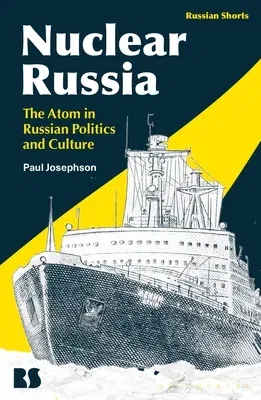In the first cultural and political history of the Russian nuclear age,
Paul Josephson describes the rise of nuclear physics in the USSR, the
enthusiastic pursuit of military and peaceful nuclear programs through
the Chernobyl disaster and the collapse of the Soviet Union, and the
ongoing, self-proclaimed 'renaissance' of nuclear power in Russia in the
21st century. At the height of their power, the Soviets commanded 39,000
nuclear warheads, yet claimed to be servants of the 'peaceful atom' -
which they also pursued avidly. This book examines both military and
peaceful Soviet and post-Soviet nuclear programs for the long durée -
before the war, during the Cold War, and in Russia to the present -
whilst also grappling with the political and ideological importance of
nuclear technologies, the associated economic goals, the social and
environmental costs, and the cultural embrace of nuclear power.
Nuclear Russia probes the juncture of history of science and
technology, political and cultural history, and environmental history.
It considers the atom in Russian society as a reflection of Leninist
technological utopianism, Cold War imperatives, scientific hubris,
public acceptance, and a state desire to conquer nature. Furthermore the
book examines the vital - and perhaps unexpected - significance of
ethnicity and gender in nuclear history by looking at how Kazakhs and
Nenets lost their homelands and their health in Russia in the wake of
nuclear testing, as well as the surprising sexualization of the taming
of the female atom in the Russian 'Miss Atom' contests that commenced in
the 21st century.

